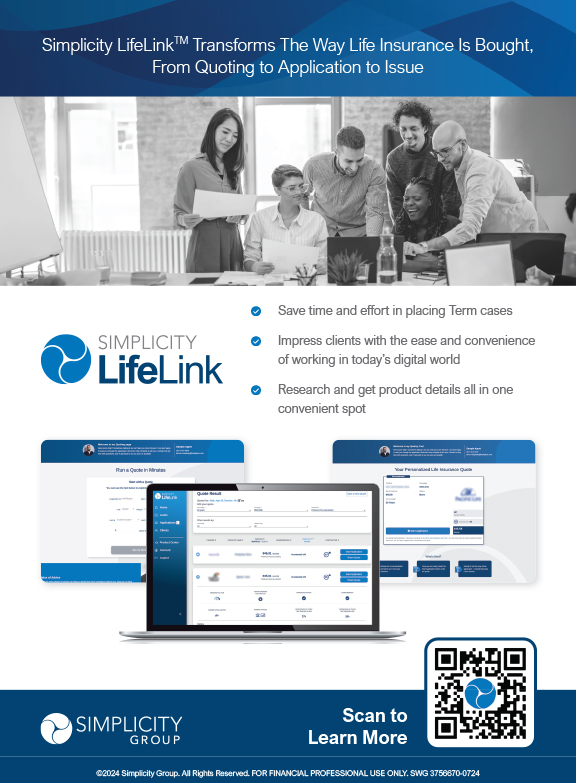There is a network of buses spread throughout the city traveling in a network of streets. If a street is under construction, the bus company will shift the bus route and both the bus and people adapt to the change. However, if people know about the road construction beforehand, they will try to anticipate how this change will affect the bus travel. The consequence of this thinking is that people who normally take the 8:00 a.m. may try to take the 7:00 a.m. bus. This will slow down the 7:00 a.m. bus. Because more people on the bus means more stops, it will get further and further behind schedule, making some people late for work. Meanwhile, because of people catching the earlier bus, there is almost no one on the 8:00 a.m. bus. The bus company notices all of this and eliminates the 8:00 a.m. bus and moves it to a 7:15 a.m. time slot. Since people are now arriving at work 60 minutes earlier each day, employers advance their hours with most now open from 8:00 a.m. to 4 p.m. instead of 9 a.m. to 5 p.m. This provides an extra hour of recreational daylight after work, and many use this extra time to jog or take walks. The physical activity creates a healthier population but increases the need for orthopedic surgeons to operate on worn out knees and hips.
The end result is a new city orthopedic college that one day creates a type of nanobot that fixes not only bad knees and hips but is able to kill all cancer cells, thus adding a decade onto the human lifespan. The increased longevity causes financial woes for annuity carriers offering lifetime income annuities, which eventually requires the U.S. Treasury to bail them out. The derisive term “government annuity” enters the public vocabulary. All of this occurred because of street construction on a city block that has long since ended.
Annuities and insurance are part of an interrelated network—the products do not exist in their own separate world. The interactions of the various external networks with this network make it so difficult at times to notice a threat before it happens. That is because the threats don’t come at us in a straight line but sometimes appear to come out of the blue.
A current example of this is the fiduciary standards rules proposed by the Department of Labor (DOL). Although talk of replacing the current dual standards of suitability and fiduciary with a one-size fiduciary-only standard has been kicked around for a few years, many in the insurance industry viewed this as something that would affect stockbrokers and not insurance agents. However, the DOL rule effectively places all fixed annuity and fixed life insurance agents under a fiduciary best-interest standard and gives the DOL the authority to determine what is “suitable compensation” to the agent. Granted, this rule, if enacted, does not apply to nonqualified sales, but it would still have an extreme effect on the industry.
If we fully appreciate how much our industry is affected by apparently unrelated occurrences, this may cause a stretching out of our threat antenna. An early warning system opens up the possibility of taking proactive measures that minimize or avert risk. The recommendation here is to look at every event—even if apparently unrelated—and ask, “Could this impact me, and what would the effect be on my business?” This task is not simple, but it is necessary.

























